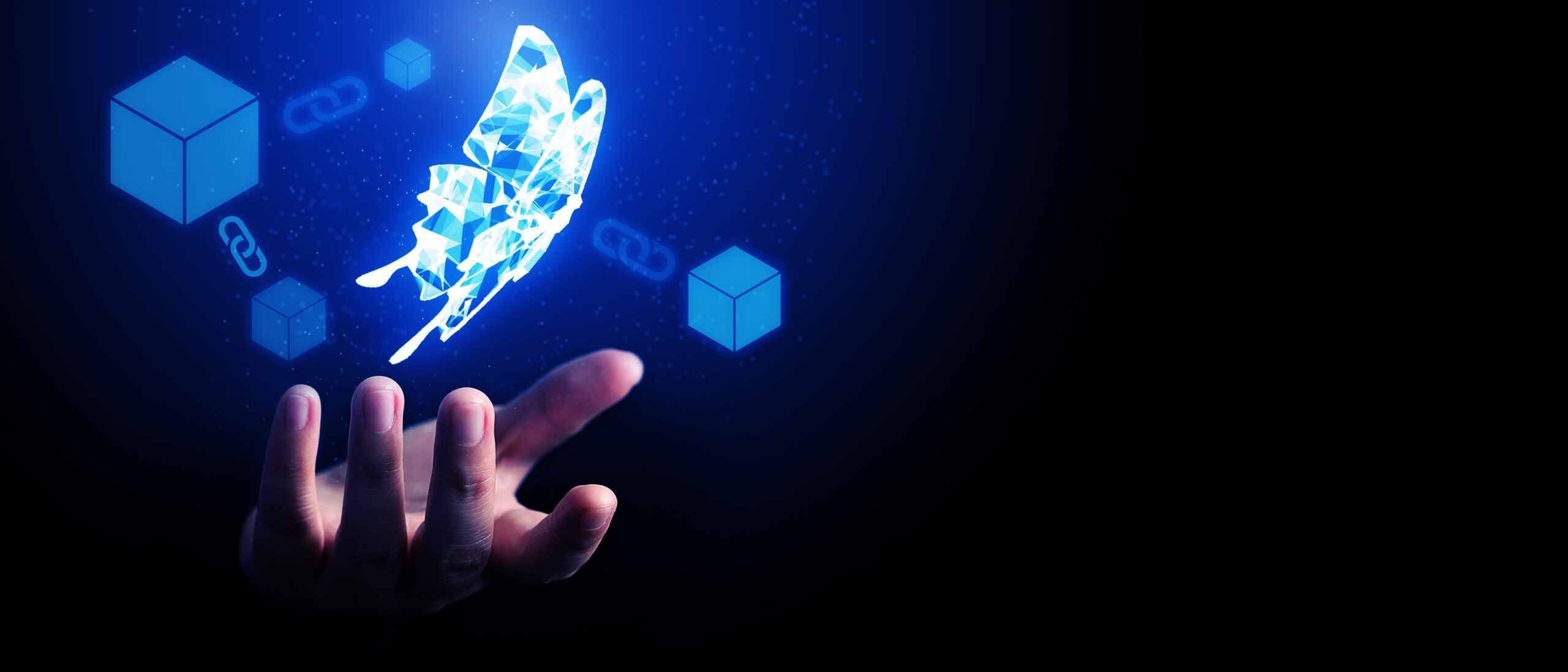Last summer, I wrote about adapting to change. Let’s do a check-in: How are we doing?
Chances are, since last summer, you’ve probably navigated a series of changes. You may be embarking on a new wave of changes right now or bracing for ones that lie just ahead. This is the nature of our world today.
Change becomes disruption when it creates a significant shift in fundamental organizational processes, operations or expectations. Facing disruption head on necessitates unavoidable transformation and innovation.
Disruption is typically considered negative, confusing or disorderly. Disruption is your new kitten who likes to knock your full cup of water off the nightstand in the middle of the night. Disruption is the neighbors who just moved in next door and like to power-wash their deck at 7:30 a.m. on Sunday mornings.
But disruption is also the start of a gratifying routine with your new furry little family member. Maybe it’s the beginning of a great friendship with your fabulous neighbors, after you’ve politely talked to them about the sunrise power-washing sessions.
As we know, learning and development plays a critical role in embracing disruptions and helping your workplace adapt to them. As a chief learning officer, you are in a great position to be a driving force behind these L&D initiatives that will help your organization build resilience and stay ahead of the curve.
Being prepared for continuous disruption requires a multifaceted approach that is tied directly to business needs, backed by critical data and fluid enough to evolve with the needs and ongoing direction of the organization.
Part of this approach ideally includes upskilling and even reskilling programs. According to the World Economic Forum’s 2023 Future Jobs Report, 44 percent of employers believe workers’ skills are going to be disrupted in the next five years, and that six in 10 staff members will need training before 2027. WEF is confidently calling the 2020s the “decade of upskilling.”
Amid drastic workplace changes including technological advancement and continuous market changes, organizations that invest in reskilling and upskilling are going to have more resilient and engaged workforces.
A strong future-proofing approach may also incorporate L&D as a way to support change management efforts. L&D can offer ongoing training and development opportunities that cover new aspects of work, provide support through coaching and mentoring and through these areas ultimately be a driving force behind effective communication and awareness surrounding any substantial organizationwide changes.
These types of programs will support not only the organization as a whole but each individual employee as well on the journey to embracing ongoing changes.
Another important aspect of disruption-preparedness requires—you guessed it!—being able to embrace continuous technological advancements. This doesn’t mean trying out every new tool on the market because you may not actually need it.
Instead, work with your business partners to identify new technologies that can help streamline learning delivery on relevant organizational topics and offer quality learning content rather than quantity. Nowadays, learners are looking for L&D opportunities that meet them where they are in the flow of work, as well as programs that offer just a little bit of autonomy when it comes to what they learn and when.
L&D can also play a huge role in ensuring the workforce is proficient in any new digital tools or platforms, essentially acting as a resource center with space to make mistakes.
Of course, this all said, you don’t need to always be consistently “ahead of the curve.” Falling behind or slowing down is more than OK. We are only human and we need to take breaks in order to keep going. The same goes for your company.
So, stay attuned to what your learners need and when they need it. Together, you can be prepared for anything.















